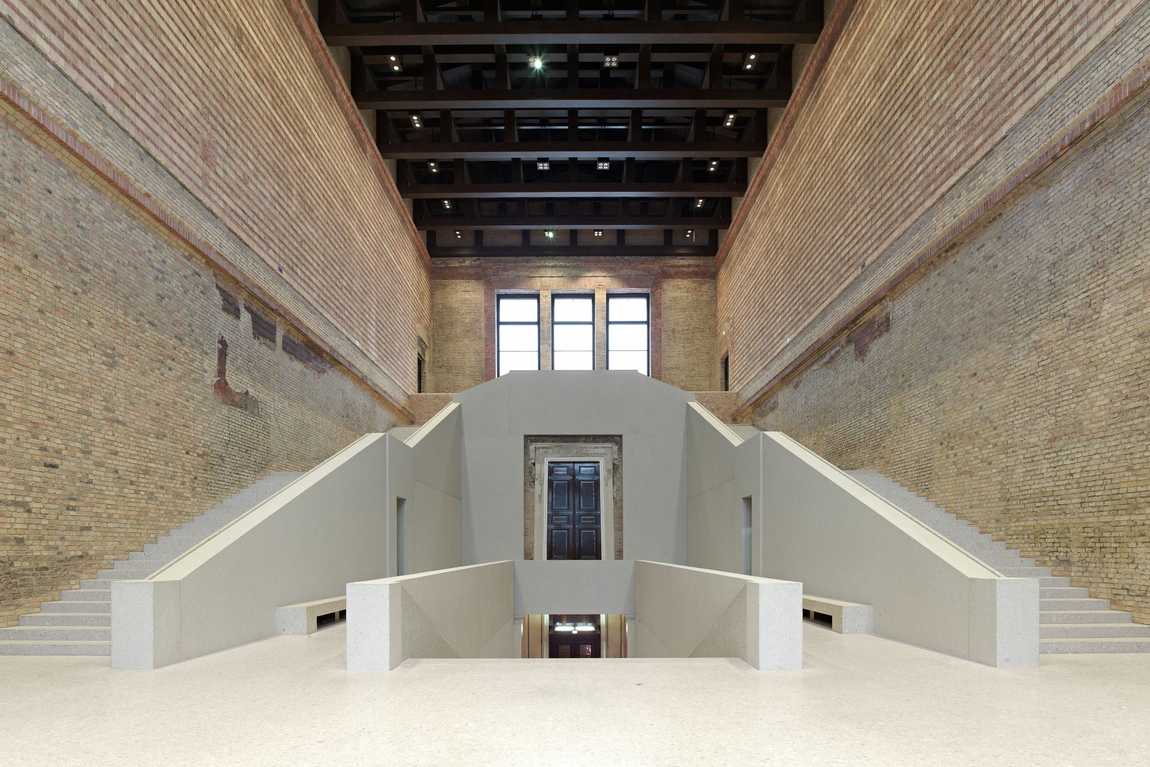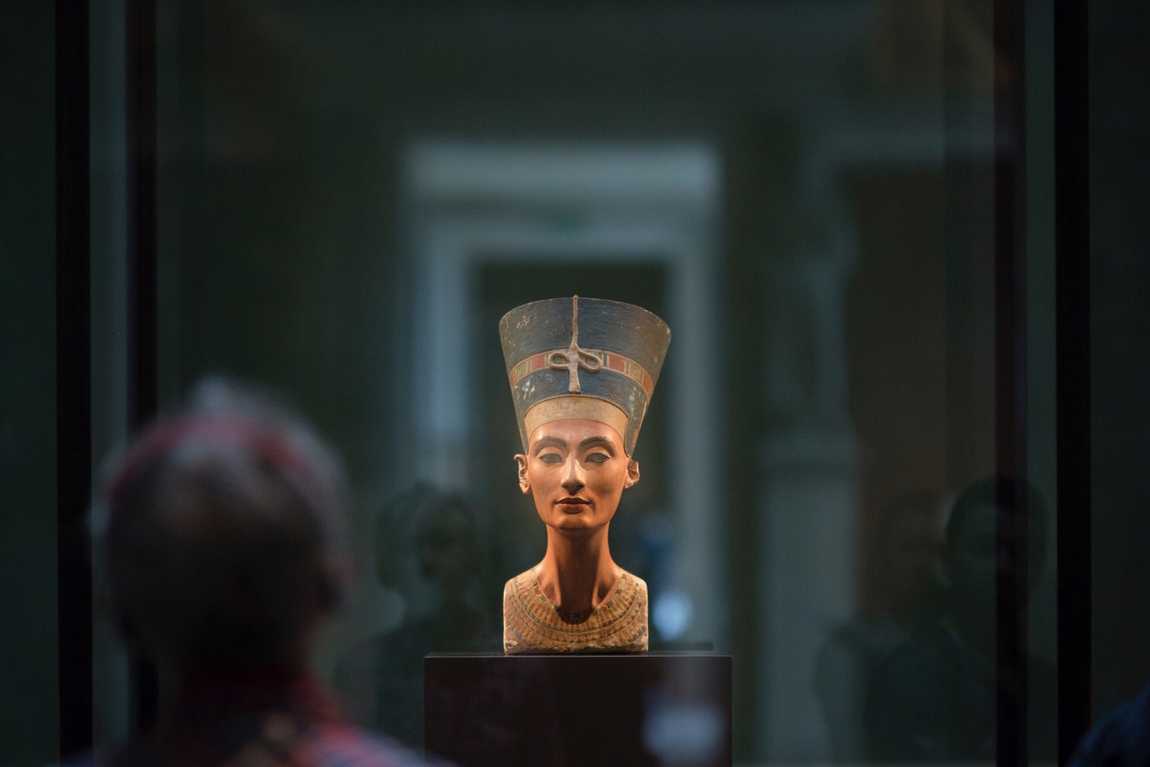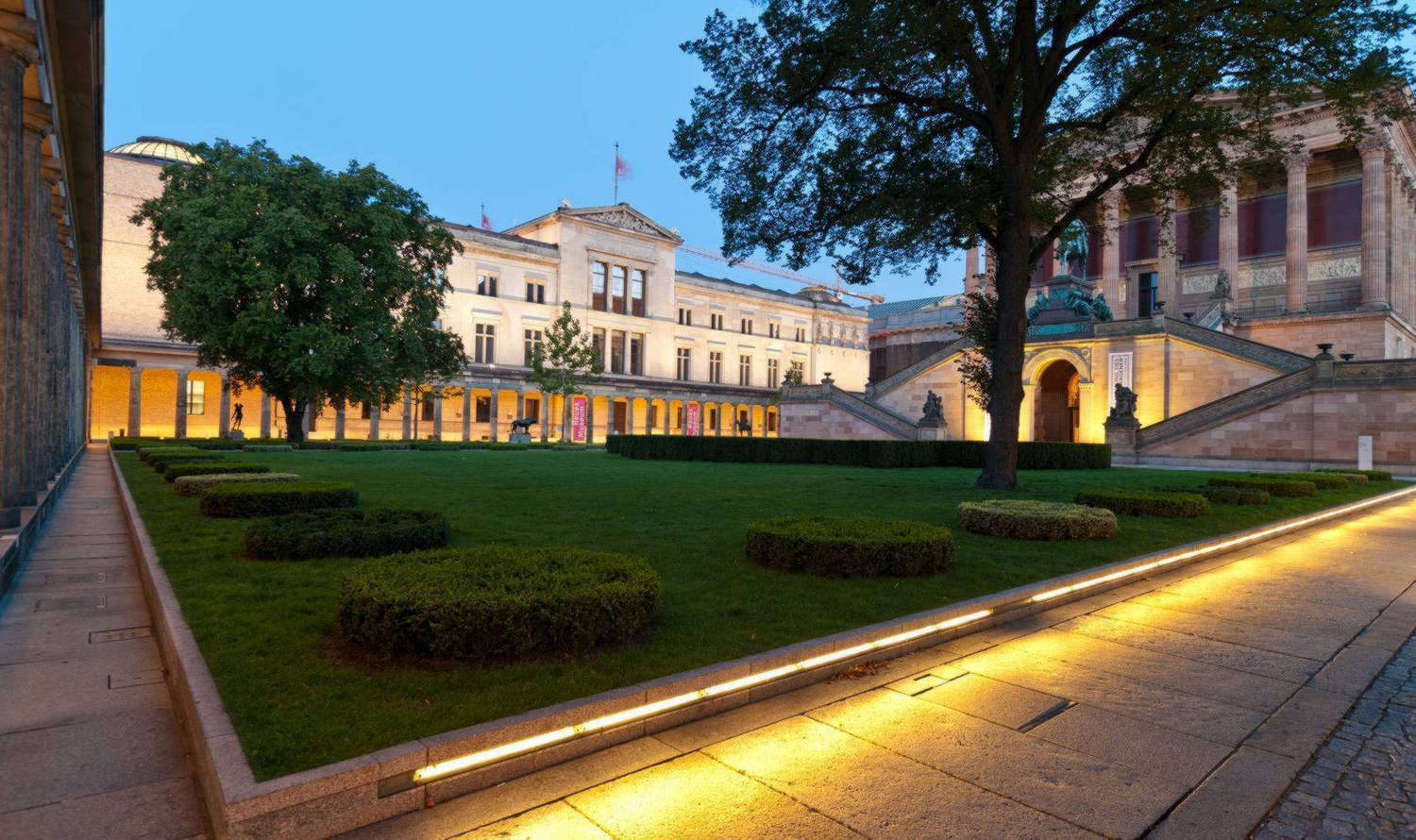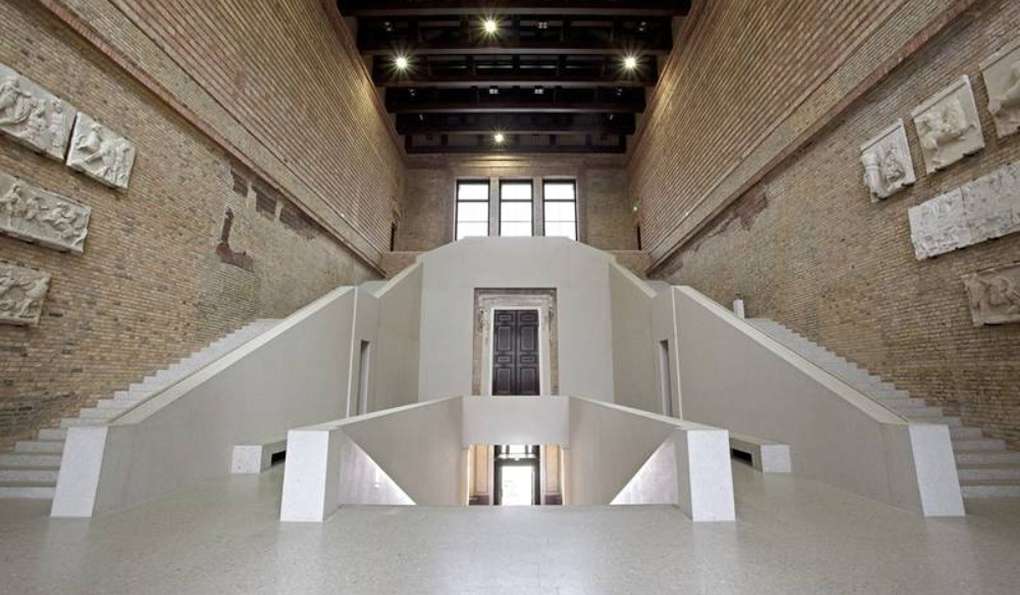The new museum in Berlin brings together exhibits covering many thousands of years of human history and is well worth a visit. It is also a UNESCO World Heritage Site. The three floors of the building house the Egyptian Museum, the Papyrus Collection and the collections of the Museum of Prehistory and Early History.
If you're interested in history, you'll enjoy a visit to the Neues Museum. Toddlers won't like it, but schoolchildren can get a head start. They can see with their own eyes fragments of the ancient world that they've probably only read about in textbooks. If you don't speak English or German very well, it's better to tell your child a little about the history of Egypt, Greece or ancient Rome at home — that way you'll arouse the young explorer's interest.

One of the most important and interesting pieces in the New Museum's collection is a bust of Queen Nefertiti of Egypt (14th century BC). The queen was known during her lifetime as 'the perfect one' and her image adorned many of the country's temples.
The German archaeologist Borchardt wrote in his diary: "Description pointless, one has to see it", found the most beautiful of the known busts of Nefertiti. Tourists are not allowed to take photographs of the Egyptian queen, but they can admire her as much as they like. There is another interesting exhibit — a metal replica of the bust that you can touch. It is specially made for the visually impaired.

Apart from the statue of Nefertiti, there are other interesting exhibits in the museum. For example, there are objects from the Neolithic and Bronze Age, Celtic culture, a curious collection of papyrus and the skull of a Neanderthal man. The treasure of Priam, also known as the gold of Troy, is kept in the museum. Only some of the treasures are housed here, the rest are scattered around the world in museums.
The halls of the Museum of Prehistory contain exhibits illustrating Europe's past, particularly from the Stone Age to the Middle Ages.
Many of the objects in the museum survived the war evacuation, being taken to the Soviet Union and then returned to the GDR.
The New museum is not only about the collection, but also about the history of the building: it is a monument to the country's engineering and architectural heritage. The museum was built in 1850 to a design by Friedrich August Stühler. During the Second World War, the building was so badly damaged that it was practically in ruins. Reconstruction work began in 1986, but it wasn't until 2009 that the redesigned Neues Museum opened its doors.
The architects working on the restoration decided to leave some evidence of the destruction and 'wounds' inflicted on the building. Brickwork and supporting structures can still be seen in places, where plaster had fallen from a bomb blast. Shell and shrapnel marks on the facade have been preserved.
The new museum is located on the Museum Island in Berlin. You can buy a single ticket to visit all the buildings on the island and complete your tour with a visit to the Pergamon Museum, the Altes Museum, the Alte Nationalgalerie and the Bode Museum.











